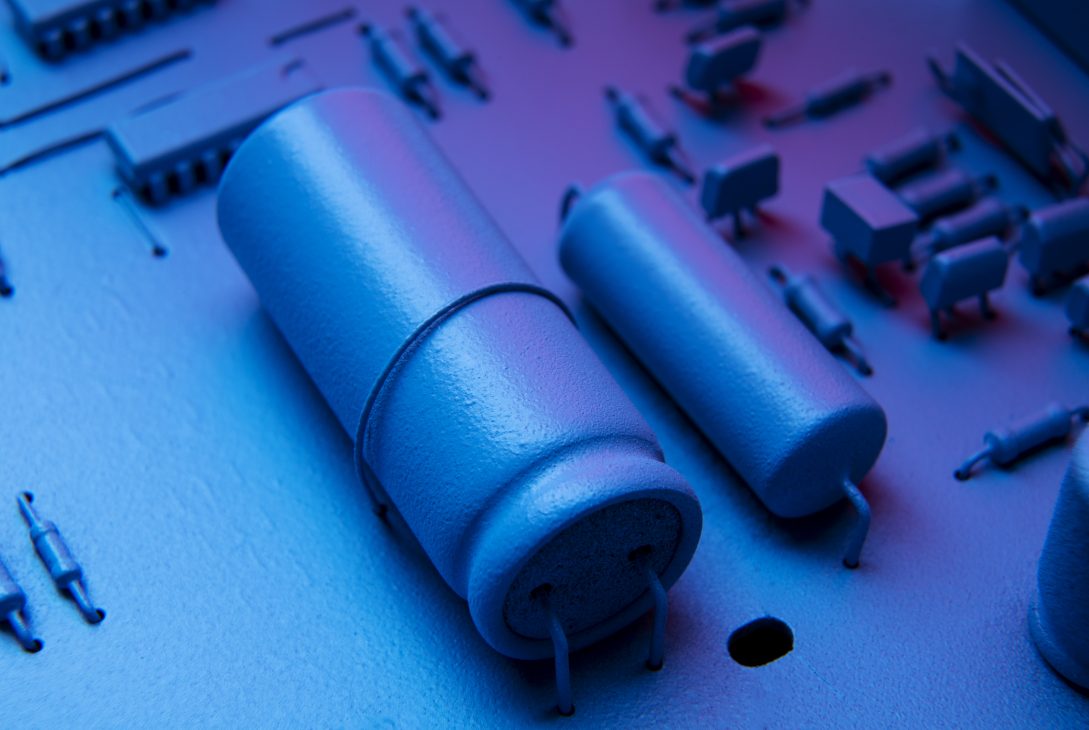Next-Generation Batteries: Progress and Future Directions explores breakthroughs shaping the energy storage landscape. At Circle Robe, we’re fascinated by how evolving battery tech transforms electric vehicles, renewable energy, and portable devices. From enhanced safety to reduced environmental impact, next-gen batteries are poised to redefine power.
This article digs into the European roadmaps, current chemistries, cutting-edge research, and emerging alternatives. You’ll discover how Europe is driving innovation, what makes lithium-ion batteries tick today, and which future technologies—like solid-state and sodium ion—promise to lead the charge tomorrow.
European Strategy: Paving the Way for Battery Innovation
Europe is building a coordinated framework to lead global battery development.
Key initiatives include:
Battery Alliance & IPCEI: Coordinated investments ensure manufacturing competitiveness.
Sustainable Roadmaps: Focus on green supply chains, second-life battery stations, and recycling.
Funding & Partnerships: Horizon Europe and national grants fuel research in solid-state and silicon.
European policies promote collaboration across industry, academia, and government positioning the region as a leader in next-gen energy storage.
Objectives for Next‑Generation Batteries
Three pillars guide current battery innovation:
Higher Energy Density: More power in smaller, lighter packages, crucial for EV range.
Enhanced Safety: Reducing fire risk through non-flammable materials, especially in solid electrolytes.
Greater Sustainability: Less reliance on cobalt, improved recyclability, and eco-sensitive manufacturing.
Achieving all three will make batteries safer, greener, and more efficient than ever before.
Today’s Batteries: Current Generation Overview
1.Modern batteries mostly still fall within a variation of lithium-ion technology.
2.We’re firmly in the 4th generation, with incremental improvements like ternary cathodes (e.g., NMC 811), graphite-silicon anodes, and advanced electrolytes.
3.Though solid‑state prototypes are tested, commercial smartphones, laptops, and EVs largely use enhanced 4th-gen lithium-ion chemistries.
4.The next leaps forward would be true 5th-gen—fully solid-state or lithium-metal systems.
Leading Chemistries Today: LiFePO₄ and NMC
The market is dominated by two principal lithium-ion options:
LiFePO₄: Known for stability, lifespan, and safety. Lithium Iron Phosphate batteries are common in power tools, EVs (e.g., Tesla, BYD), and stationary setups.
NMC (Nickel-Manganese-Cobalt): Delivers high energy density. Variants like NMC 811 are popular in long-range EVs but use more critical metals like cobalt and nickel.
Each has trade-offs—LiFePO₄ for safety and life, NMC for energy density and range.
Evolution of Lithium-Based Chemistries
Improvements focus on:
Cathode optimization: Reducing expensive metals while maintaining energy output.
Anode advances: Increased silicon blends enhance capacity.
Electrolyte refinement: Blends with additives improve performance and lifespan.
Incremental improvements in chemistry tuning, purities, manufacturing advances—continue stretching lithium battery performance without a full technology overhaul.
Advances in Solid Electrolytes & Silicon Anodes
Solid electrolytes replace flammable liquid electrolytes for better safety. Two main types:
Ceramic: High ionic conductivity but brittle—manufacturing and upscaling are hurdles.
Polymer-based: Flexible and safer, but limited current conductivity improvements.
Silicon anodes promise higher capacity than graphite but must overcome volume expansion issues. Nano-engineering and silicon-carbon composites are early solutions.
Beyond Lithium-Ion: Post-Lithium Chemistries
While solid‑state and lithium-metal hold long-term promise, alternatives are being explored:
Lithium-sulfur: Offers high theoretical energy but poor cycle stability.
Lithium-air: Ultra-high energy, yet poorly reversible and highly reactive with moisture/CO₂.
These pathways demand years of R&D before practical and commercial maturation.
Sodium-Ion: Affordable and Scalable
Sodium-ion batteries use abundant, low-cost sodium instead of lithium. Strengths include:
1.Lower cost and simpler manufacturing, ideal for grid-scale storage and low-speed EVs.
2.Lower energy density than lithium, but safer and less reliant on rare metals.
3.Emerging leaders (CATL, Faradion) have begun limited rollouts, with potential market expansion as the tech improves.
Solid-State Batteries: The Future of Safety
The promise of solid-state technology is multifaceted:
Non-flammable: Significantly reduces fire risks.
Higher capacity: Thinner electrolyte barriers could enable lithium-metal anodes.
Longer lifespan: Fewer degradation pathways.
Startups like QuantumScape and Solid Power report early success, but overcoming manufacturing scale-up and maintaining interfacial stability remain challenges.
Europe’s Competitive Edge in Battery Tech
Europe’s strengths include:
1.Strong policy support and coordinated R&D investment.
2.Valuable raw material reserves and refined recycling infrastructure.
3.High technical proficiency and academia-industry cooperation.
By focusing on high-end solid-state, silicon, and sustainable chemistries, Europe can lead globally while nurturing technological sovereignty.
FAQs
When will solid-state batteries become mainstream?
Experts expect commercial solid-state EV batteries by 2027–2030—but widespread adoption may take another decade.
Will next-gen batteries bring significant price reductions?
As manufacturing scales and raw-material economies emerge, costs should fall 20–30% over the next five years.
Are lithium alternatives as safe as they promise?
Sodium-ion and solid-state offer inherently safer characteristics, but each has unique technical growth hurdles to clear.
Can silicon anodes be retrofitted into current cells?
Yes, silicon blend anodes are already being introduced at scale in EV and consumer cells today.
How critical is recycling to next-gen battery sustainability?
Vital—advanced recycling processes must recover rare metals like nickel, cobalt, lithium, and support circular battery ecosystems.
Conclusion
Next‑Generation Batteries: Progress and Future Directions reveals a dynamic energy-storage horizon. From Europe’s roadmap and lithium-ion’s evolution, through solid-state breakthroughs, to promising sodium-ion and post‑lithium technologies, the future is bright—but complex. At Circle Robe, we see how integrating safety, sustainability, and performance is critical. Research and policy must proceed hand‑in‑hand to usher in a new era of efficient, reliable, and eco-friendly batteries powering our world.










